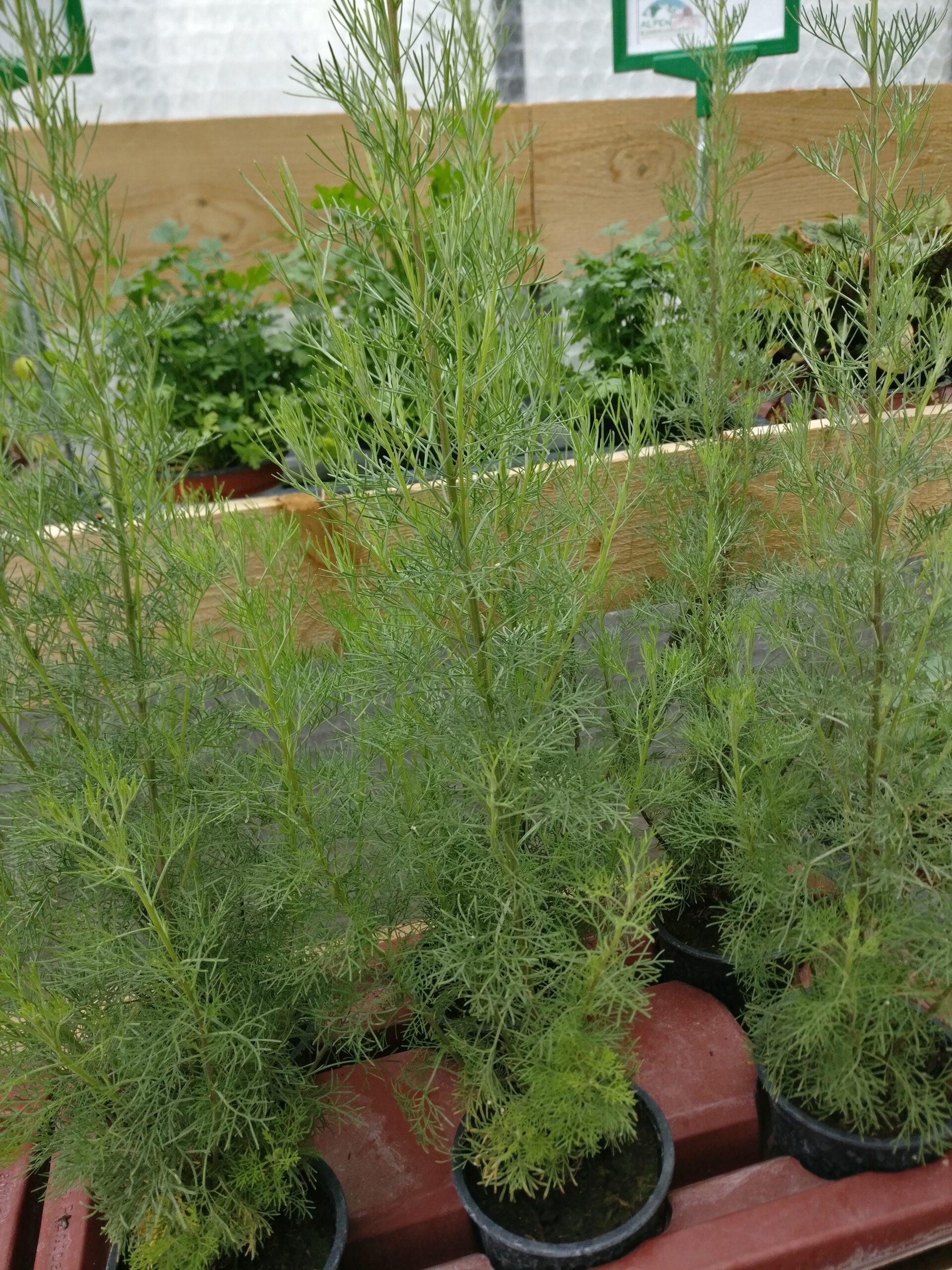
ColaKraut, ColaStrauch (Artemisia abrotanum var. maritima) Alpenbioblumen
Southernwood Artemisia abrotanum. Zones: 4-8 Habit: Upright bushy habit Size: 2 to 4 feet tall and 2 to 3 feet wide Bloom time: Late summer to fall Color: Light green foliage, yellow-white flowers. Grown for its ferny foliage with a strong, citrusy camphor-like fragrance. Plant in beds and borders or as a low hedge.

Artemisia abrotanum Ballyrobert Gardens
Artemisia abrotanum, commonly called southernwood, is a perennial sub-shrub that typically grows on woody, upright-branching stems to form a 3-4' tall bushy mound of ferny, strongly aromatic, medium to light green leaves, each of which is 1-3 times pinnately dissected into threadlike segments.
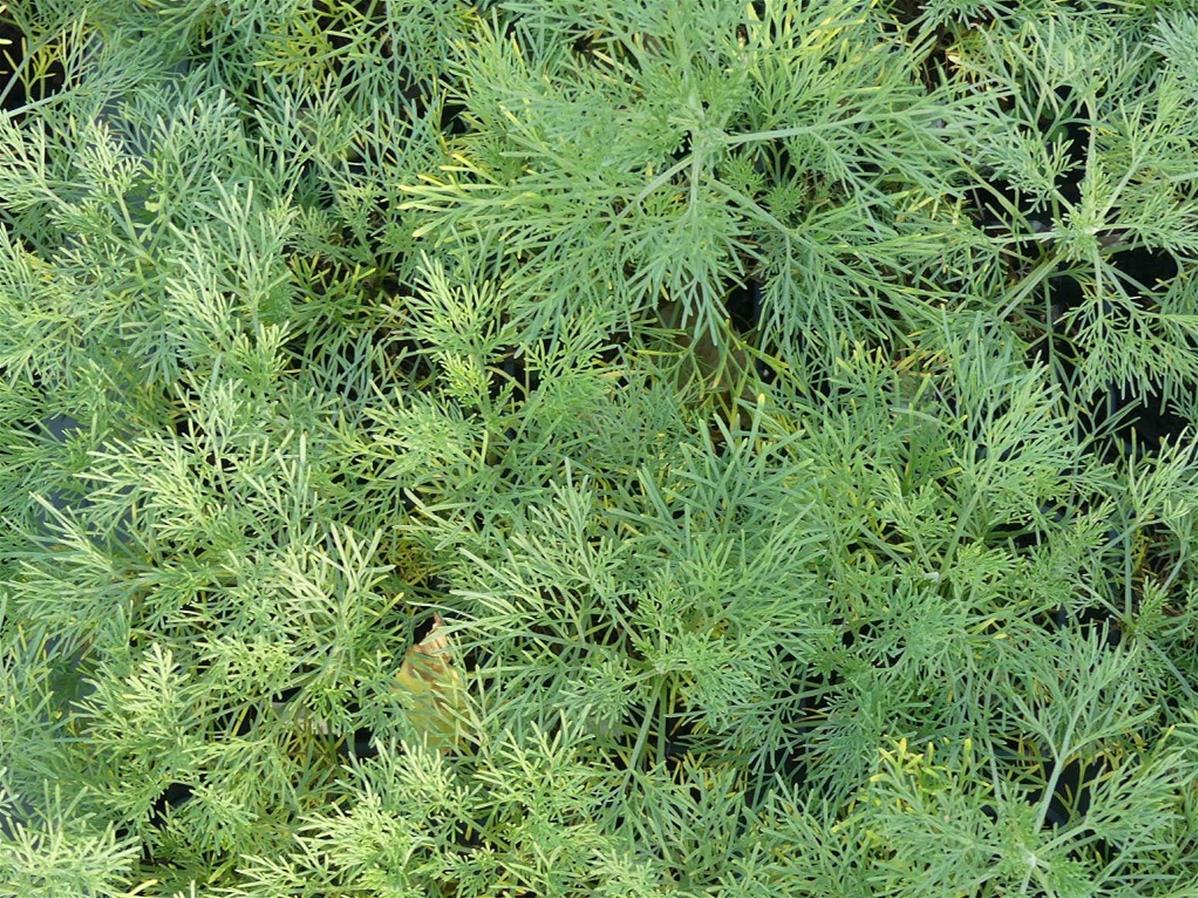
ARTEMISIA ABROTANUM var. MARITIMA
Artemisia abrotanum (Southernwood) is a perennial sub-shrub typically grown for its magnificent and strongly aromatic, ferny, light green foliage. It forms an upright bushy mound, which releases a pleasant citrus to camphor fragrance whenever brushed or touched. Semi-evergreen in mild winter areas, this shrub is perfect for hot and dry sites.
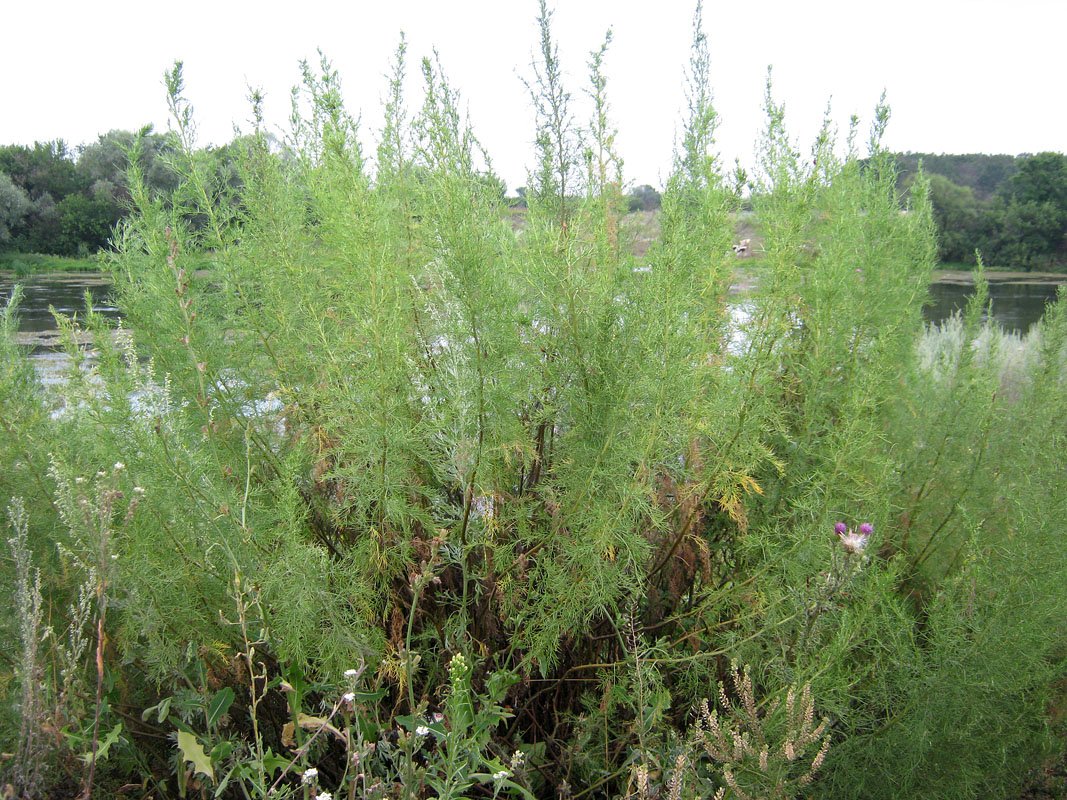
Artemisia abrotanum Изображение особи Плантариум
Artemisia abrotanum var. maritima A bushy, aromatic plant with whorls of feathery, silver foliage Shoot tips smell and taste like cola Suitable for culinary purpose, fresh or dried Height: 3-5 ft Spread: 24-36 in Zone: 5-9 Please Note: GardenCenterMarketing.com does not sell/broker plants or provide gardening advice. Your Zip Code: Find A Retailer

Artemisia abrotanum var. maritima Vronis ZimmergartenBlog
Artemisia abrotanum is a deciduous Shrub growing to 1.2 m (4ft) by 1 m (3ft 3in). See above for USDA hardiness. It is hardy to UK zone 4 and is not frost tender. It is in leaf from March to November, in flower from September to October. The species is hermaphrodite (has both male and female organs) and is pollinated by Wind.

Citroenkruid, Colakruid Artemisia abrotanum var. maritima 'Coca Cola'
Artemisia (/ ˌ ɑːr t ɪ ˈ m iː z i ə /) is a large, diverse genus of plants belonging to the daisy family Asteraceae, with between 200 and 400 species.Common names for various species in the genus include mugwort, wormwood, and sagebrush.. Artemisia comprises hardy herbaceous plants and shrubs, which are known for the powerful chemical constituents in their essential oils.
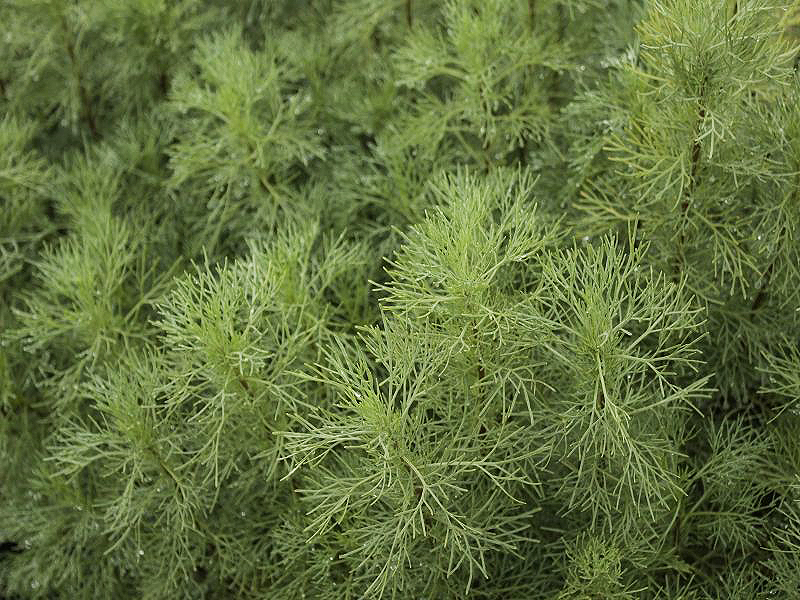
Edelraute Artemisia abrotanum var.maritima 'Cola' online kaufen
Southernwood, also commonly known as European sage, is a shrubby herbaceous evergreen with fragrant gray-green fern-like foliage with an upright growth. Southernwood grows best in hot, dry climates in full sun but does not do well in humid weather despite its name. It grows in any type of soil though it prefers well-draining.

a green plant is growing in the dirt
Artemisia abrotanum (southernwood) is two- to four-foot shrub-like species with grayish green foliage. It is hardy in zones 4 to 8. Artemisia californica 'Canyon Gray', also known as canyon sagebrush, stays under two feet in height but can spread as much as ten feet, making it an excellent ground cover. It is hardy in zones 7 to 10.
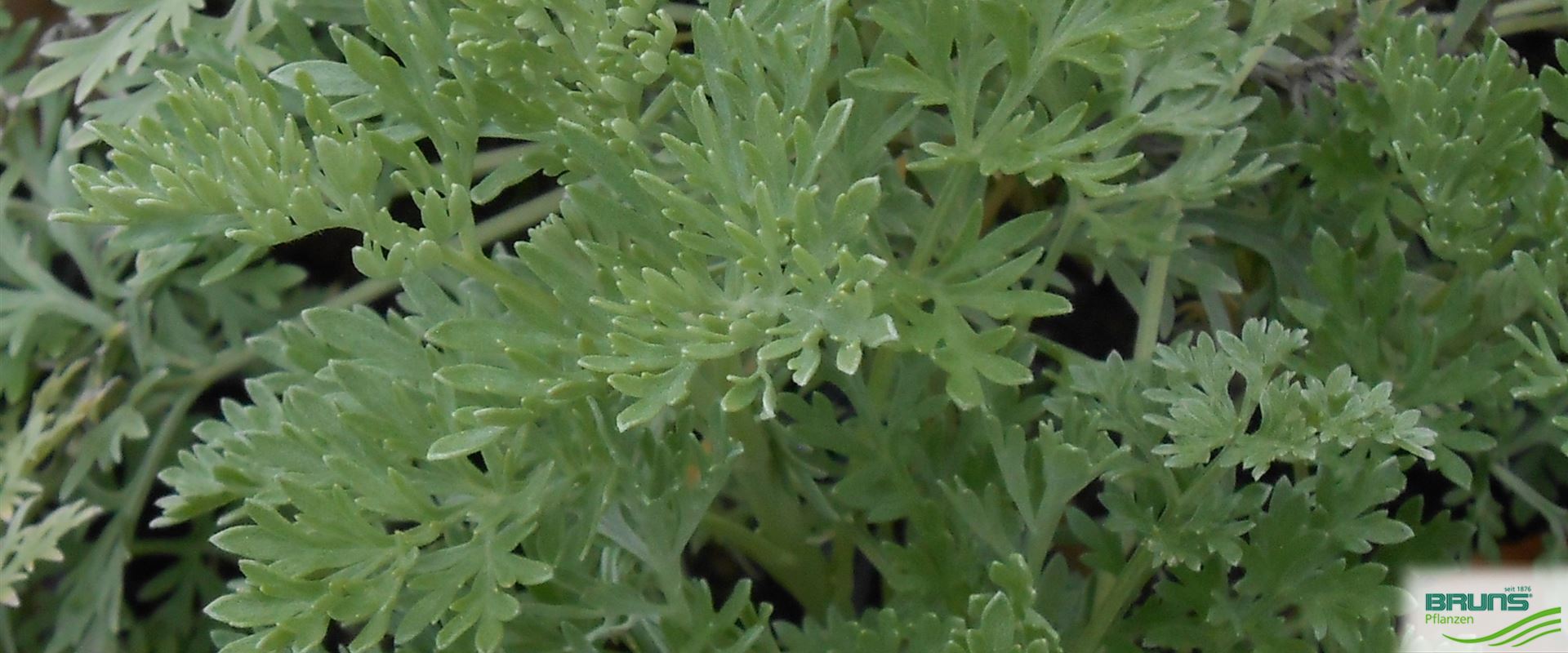
Artemisia abrotanum, Eberraute von Bruns Pflanzen
Asteraceae Artemisia Artemisia abrotanum L. First published in Sp. Pl.: 845 (1753) This species is accepted The native range of this species is Spain to Italy. It is a subshrub or shrub and grows primarily in the temperate biome. Taxonomy Images General information Distribution Synonyms Publications Other data Distribution KBD Native to:

Cola bylinka (Artemisia abrotanum var. maritima ´Cola´) Mojito, Gardening Tips, Herbs, Plants
Perennial and ± shrubby, 0.5-2 m, much branched; lvs 3-6 cm, thinly tomentose beneath, green and glabrous or nearly so above, 2-3 times pinnatifid with elongate, linear or filiform, ascending segments 0.5-1.5 mm wide; infl ample; invol 2-3.5 mm; achenes 4-5-angled, broadest at the truncate summit; 2n=18.

A B > Artemisia > Artemisia abrotanum Mail order plants, Alpine plants, Plants
Description Southernwood, is a shrub-like herbaceous perennial in the Asteraceae (daisy) family. It is native to the Baltic States, but has been introduced in Eurasia, North America, and Africa. In the U.S. it is cultivated as an ornamental and may become a naturalized weed, particularly in disturbed areas.
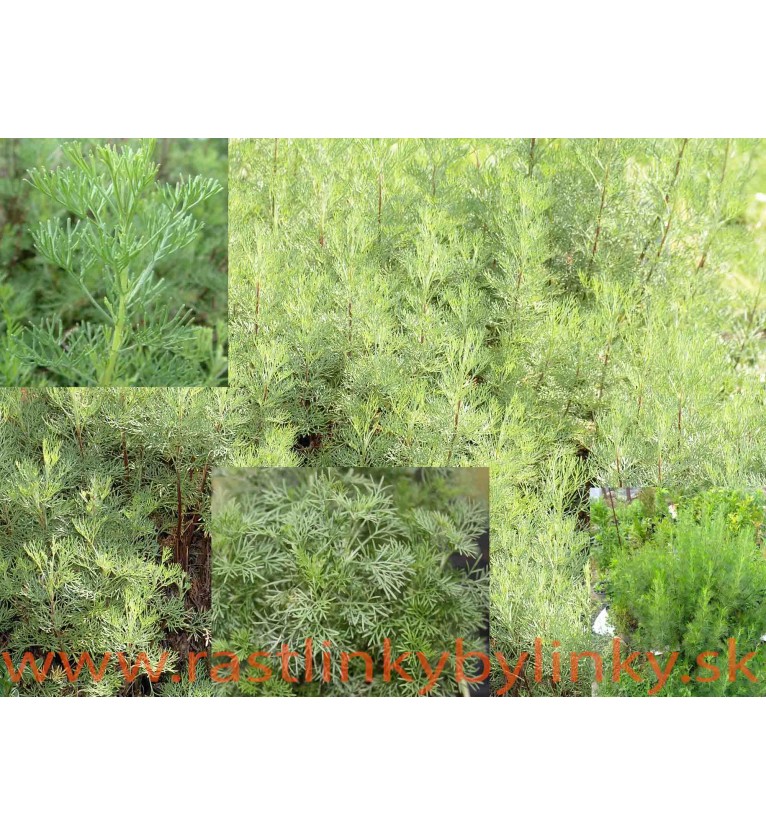
Palina arbotanová (božie drievko), Kola, cola bylinka, Artemisia abrotanum L. var. maritima
Artemisia abrotanum has been widely cultivated in gardens for old-time uses such as a fly and parasite repellent. It has had a renewed popularity in xeriscape gardening; it is drought tolerant and can fill difficult garden spaces (e.g., dry rocky slopes). Reports of naturalization may be exaggerated; it is not known to become weedy in any of.
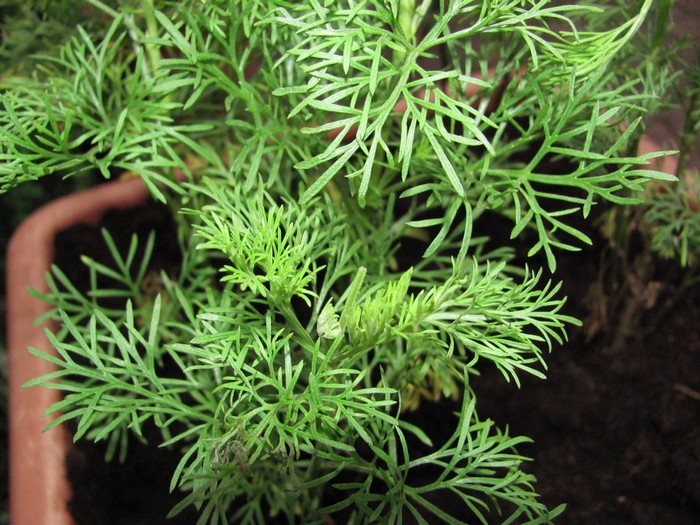
Colakruid Artemisia abrotanum var. maritima
A popular small perennial herbaceous plant with feathery mid green foliage that emits a fruity camphor-like odour and has historically been used as an air freshener. It has tiny yellow flowers, but is largely grown as an interesting and textured foliage plant with the added benefit of being highly moth repellant when dried and hung in wardrobes.

Artemisia abrotanum (Asteraceae) image 71375 at PhytoImages.siu.edu
It forms a small bushy shrub, which is widely cultivated by gardeners. The grey-green leaves are small, narrow and feathery. The small flowers are yellow. It can easily be propagated by cuttings, or by division of the roots. This plant has gained the Royal Horticultural Society 's Award of Garden Merit. [5] Uses
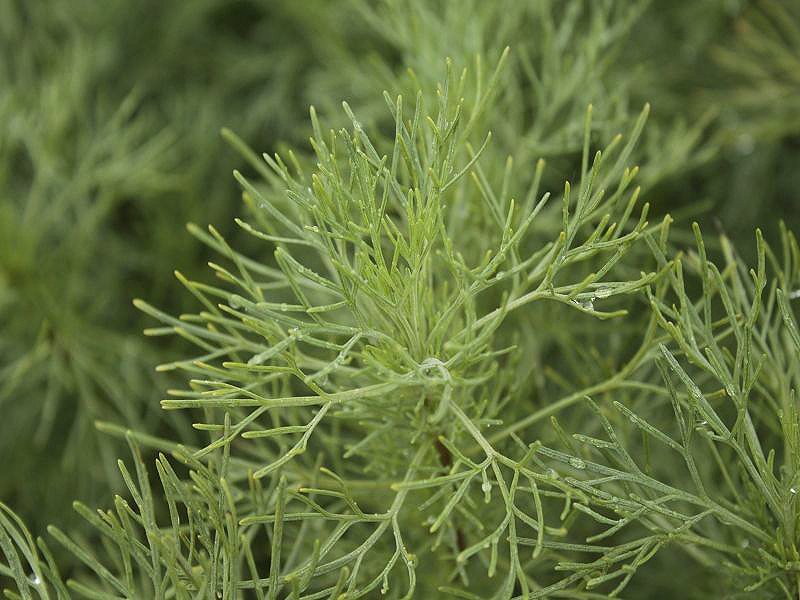
Edelraute Artemisia abrotanum var.maritima 'Cola' online kaufen
Artemisia maritima is a deciduous shrub growing to 0.6 m (2 ft). It iflowers from August to September. The flowers are pollinated by Wind. [3] The plant somewhat resembles Artemisia absinthium, the absinthe wormwood, but is smaller. The stems rise about a foot or 18 inches in height.

Plante cola Artemisia abrotanum var. maritima Plante aromatique
Facts Southern wormwood has a long history of cultivation in Europe and Asia, and it probably originates from the Mediterranean region, although this is uncertain. It was traditionally used as a fly and parasite repellant, and the dried plant was often hung in wardrobes to keep moths away from clothing.